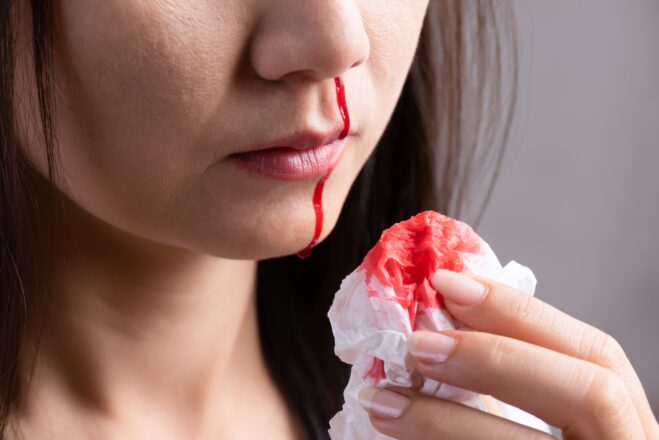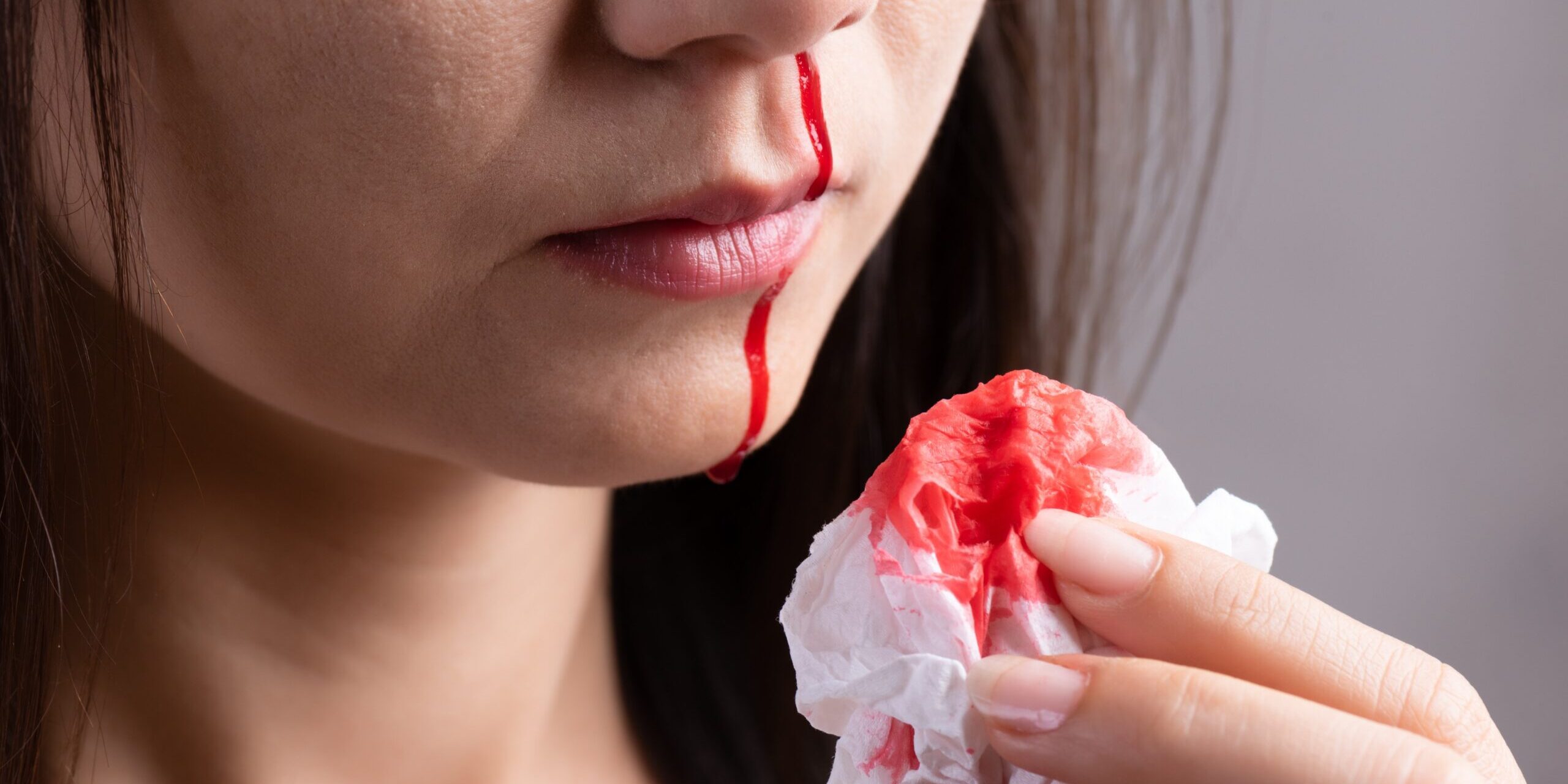
Why Bleeding Control Should Be Part of Every First Aid Kit
Emergencies can happen at any time—at home, on the road, at work, or in public spaces. A deep cut in the kitchen, a road accident, a workplace injury, or an unexpected violent attack can lead to severe bleeding, which, if left uncontrolled, can become life-threatening within minutes.
While many people keep basic first aid kits containing bandages, antiseptics, and pain relievers, these are often insufficient for managing severe bleeding first aid. In cases of major trauma, traditional bandages and gauze are not designed to stop rapid blood loss effectively. Prehospital hemostatic dressings for trauma have emerged as a game-changer in bleeding control, significantly increasing survival rates in emergencies.
The Critical Need for Bleeding Control in First Aid
Severe bleeding can lead to hemorrhagic shock—a life-threatening condition where excessive blood loss prevents the heart from delivering enough oxygen to the body’s vital organs. This can happen in minutes, making rapid bleeding control essential.
To address this issue, the Stop the Bleed initiative, launched by the American College of Surgeons, highlights the importance of public preparedness for bleeding emergencies. A major component of this initiative is encouraging people to carry hemostatic dressings in their first aid for bleeding kits.
Why Every Civilian Should Carry Hemostatic Dressings
Most first aid kits contain pressure bandages, antiseptic wipes, and regular gauze, which work well for minor cuts and abrasions. However, for deep lacerations, stab wounds, gunshot injuries, or severe trauma, these are not enough to stop excessive bleeding.
How to Stop a Deep Cut from Bleeding?
In such cases, hemostatic dressings are the best solution. Hemostatic gauze and chitosan hemostatic dressings provide superior bleeding control compared to traditional gauze. These advanced wound dressings accelerate clotting and help stop blood loss faster.
What Stops Bleeding Fast? The Role of Hemostatic Agents
When facing severe bleeding first aid, quick and effective action is crucial. Hemostatic agents are advanced materials that enhance the body’s natural clotting process, preventing excessive blood loss.
Chitosan-based biomaterials, found in chitosan hemostatic dressings, work by creating a strong seal over the wound, accelerating clot formation. These advanced dressings were initially developed for combat casualty bleeding in military settings but are now widely available for civilian first aid kits.
How Does Axiostat Work?
Axiostat is a chitosan hemostatic dressing designed for rapid bleeding control. Its unique Protonated Bioadhesive Technology (PBT®) enables it to bind to blood cells, forming a strong, stable clot within minutes.
Key Benefits of Axiostat in Emergency Bleeding Control:
✔ Charge-Based Adhesion – Axiostat attracts and binds to blood cells, forming a rapid clot even in patients on blood thinners.
✔ Rapid Clot Formation – Works within minutes, reducing blood loss significantly.
✔ Easy, Painless Removal – Unlike traditional gauze, Axiostat does not stick to the wound, ensuring pain-free removal with saline or water.
✔ Works in All Conditions – Effective for deep cuts, arterial bleeding, and battlefield injuries.
✔ Antimicrobial Protection – Chitosan’s natural antimicrobial properties help prevent infection.
Prehospital Hemostatic Dressings for Trauma: A Game Changer
Bleeding control using hemostatic dressings is no longer limited to hospitals and military settings. Civilians, first responders, and even workplaces are now incorporating these advanced dressings into their first aid kits.
Who Can Benefit from Prehospital Hemostatic Dressings?
- First Responders & Paramedics – Emergency medical teams use hemostatic dressings for immediate bleeding control before reaching the hospital.
- Hikers & Outdoor Adventurers – Combat gauze is essential for wilderness first aid, where emergency medical help may be hours away.
- Law Enforcement Officers – Gunshot wounds, stab injuries, and major trauma can be managed before emergency services arrive.
- Workplaces & Schools – A Stop the Bleed kit can prevent workplace accidents from turning fatal.
Common Hemostatic Dressings and Their Applications
Combat Gauze (Military & Civilian Use)
Originally designed for battlefield injuries, combat gauze is now widely used in civilian trauma care. It is a rapid haemostatic gauze that is easy to use, making it a lifesaving addition to any Stop the Bleed kit.
Chitosan Hemostatic Dressing in Trauma
Chitosan-based dressings, like Axiostat, provide fast-acting clotting properties that outperform traditional gauze. Used by the army, emergency responders, and hospitals, these dressings are designed to handle high-pressure bleeding situations.
What Should Be in a First Aid Kit for Bleeding Control?
A well-equipped first aid for bleeding kit should contain:
✔ Chitosan hemostatic gauze – Essential for stopping severe bleeding instantly.
✔ Tourniquet – For limb injuries where hemostatic dressings alone aren’t enough.
✔ Pressure bandages – To secure the dressing in place and maintain clotting.
✔ Gloves & antiseptics – To prevent infection and safely assist the injured.
Feature | Hemostatic Dressing | Regular Gauze |
|---|---|---|
Stops bleeding fast | Yes (within minutes) | No (may require prolonged pressure) |
Effective on deep wounds | Yes | No |
Works for severe bleeding first aid | Yes | No |
Used in military & trauma care | Yes | No |
Final Thoughts: A Small Investment That Saves Lives
Including hemostatic dressings in your first aid kit isn’t just for medical professionals or military personnel—it’s a necessity for civilians, workplaces, and public spaces. Whether you’re at home, on the road, or outdoors, being prepared with hemostatic bleeding control solutions could save a life.
Make Bleeding Control a Priority. Join the Stop the Bleed Movement!
Looking for high-quality hemostatic dressings? Check out www.axiobio.com—a trusted name in bleeding control solutions.
 A collaborative study with Harvard Medical School
A collaborative study with Harvard Medical School





